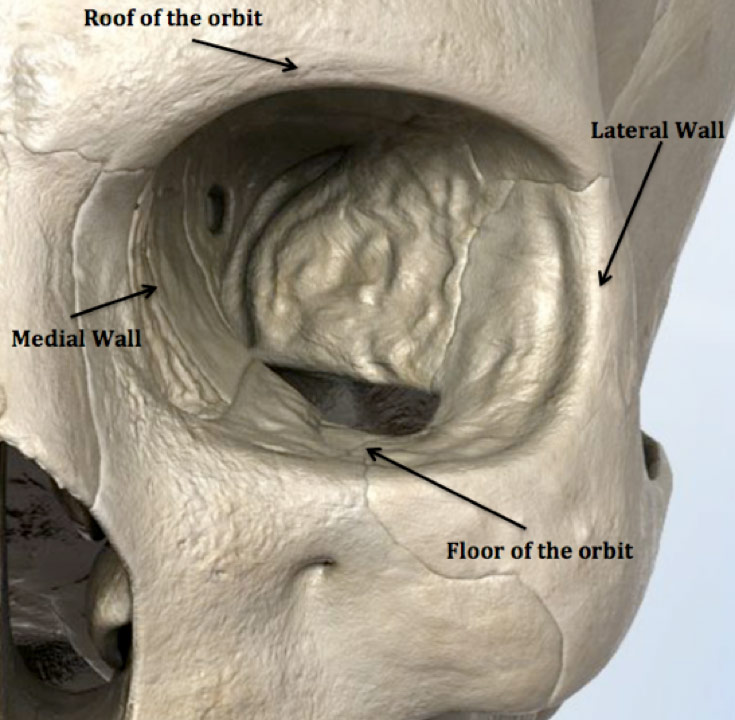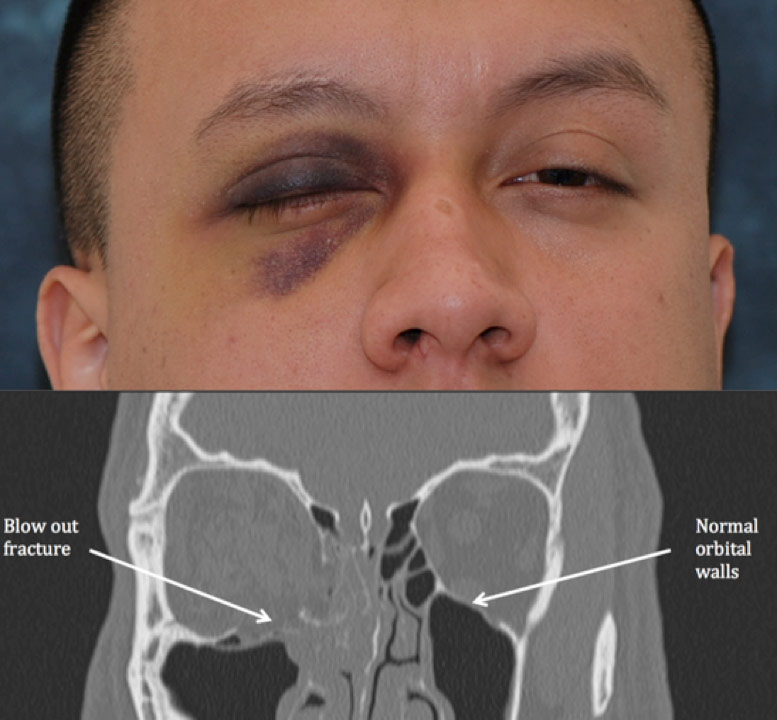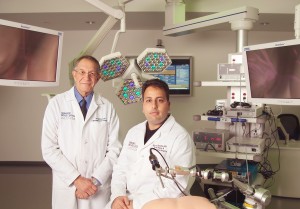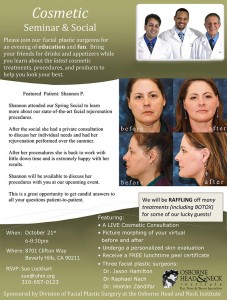- Hereditary Hemorrhagic Telangiectasia - May 25, 2016
- Hereditary Hemorrhagic Telangiectasia: Septal Perforation and Nose Bleeds - May 23, 2016
- Hereditary Hemorrhagic Telangiectasia: Epistaxis and Septal Perforation - May 18, 2016
- Wegener’s Granulomatosis: Autoimmune Disease and Multi-Focal Septal Perforation - May 9, 2016
- Kyle Korver: Facial Injury and Nasal Fracture - March 24, 2015
- Russell Westbrook: Facial Injury and Surgery - March 5, 2015
- Mega-perforation: Pushing the Limits of Septal Perforation Repair - November 26, 2014
- Septoplasty Complication and Septal Perforation - November 24, 2014
- Nose Picking (Rhinotillexis) and Septal Perforations: Why I should stop picking my nose…? - November 24, 2014
- Nasal Fractures, Septal Hematoma, and Septal Perforation: Simultaneous Rhinoplasty and Septal Perforation Repair - October 1, 2014
What are my treatment options for an orbital blowout fracture?
Question: I currently play baseball for my local university and was injured during our last game a few days ago. I was attempting to catch a ball when the sun momentarily blinded me. The baseball hit me in the eye and I developed severe swelling and bruising. I was taken to a local emergency room where I was told that I had an orbital wall fracture and would need to rest and avoid contact sports for several weeks but that my vision seemed to be fine. I have started to worry about my eye and would like to know what my treatment options are for an orbital wall fracture.

Discussion:
There are several options for treatment of an orbital wall fracture. In cases of minor fractures, if the patient does not have any apparent changes in vision or pain during eye movement, observation during healing is recommended and more advanced intervention is not required. Larger fractures in which the eye commonly appears to be sunken in or if pain is felt with movement, require more extensive techniques for treatment. In some cases small and thin flexible endoscopes are introduced through the nasal sinus and repairs can be made to the orbital bones without leaving any visible external scars. In other cases where trauma is more extensive, small incisions can be made under the eyelashes or to the inside of the eyelid in order to gain access to the orbital walls. Factors that can affect treatment choice include the location of the fracture, extent of the damage, changes in vision and pain with eye movement. In all cases, a facial trauma specialist can advise you as to a specific and detailed treatment plan for your specific injury.
In all cases of facial trauma, timely evaluation is paramount to ensure proper healing of your injuries. Orbital trauma is especially time sensitive in preserving vision and eye movement. In most cases of orbital trauma, a CT scan is ordered to evaluate for any fractures to the orbital walls or damage to the adjacent brain tissues. Usually the extent of underlying damage is not readily evident from superficial examination due to the effects of swelling. Sunken eyes, for example, will commonly not be evident for weeks until swelling has dissipated. In other cases bone fragments can become lodged between the muscles responsible for moving the eyes, causing severe pain with movement.

The physicians of the Osborne Head and Neck Institute Division of Facial Plastic and Reconstructive Surgery commonly perform orbital blow out repair procedures. Their unique qualifications and experience afford them the ability to use innovative and cutting edge procedures in treating facial trauma. Due to their tireless pursuit of superior results and patient satisfaction, the physicians of the Osborne Head and Neck Institute have gained international acclaim for their diagnostic and treatment acumen.
Key Points:
- There are various options for treatment of orbital wall fractures most of which are dependent on severity of trauma, changes in vision, and location of fracture.
- Minor fractures that do not include damage to the eye, pain, or significant cosmetic change are generally observed without further intervention.
- More extensive fractures generally require intervention by repositioning or replacing broken bones through small incisions in the eyelid.
- In all cases of facial trauma, evaluation by a qualified facial trauma specialist is recommended.
To learn more about Dr. Jason Hamilton or treatment for orbital blowout fractures please visit us at facialtraumamd.com or fill out the contact form below.



